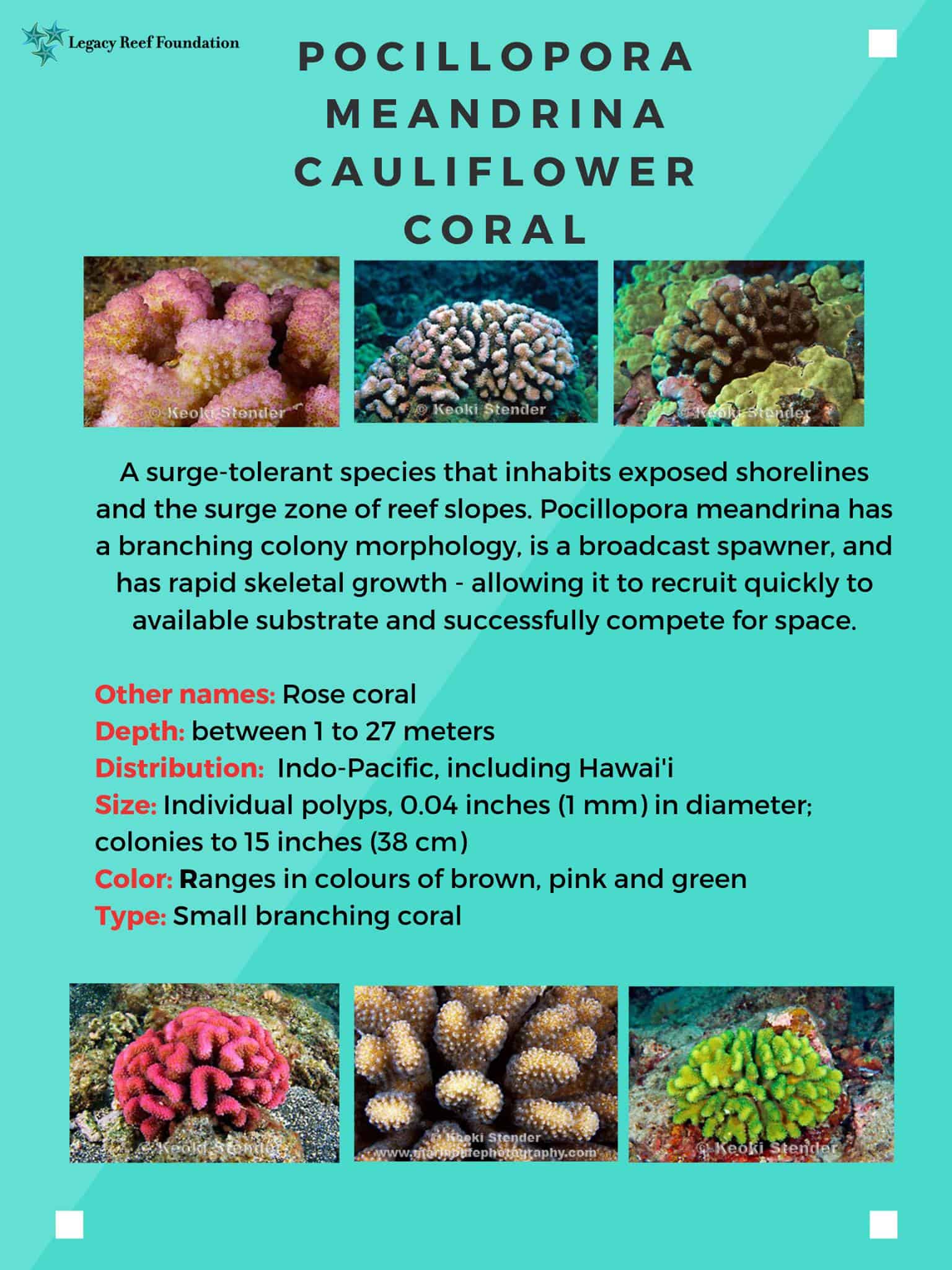Solitary corals, Heliofungia actiniformis, were forced to endure hyper-thermal stress in an experiment to learn more about coral bleaching. They can be seen belching ‘Symbiodinium’ – a form of algae that gives them their color.
Reef Education

Coral Reef Media
Dr. David Vaughan TED Talk
Dr. Vaughan takes us on a journey of exploration, fortunate mishaps, and coral reproduction.
Reef Safe Sunscreen
Set on the beautiful beaches of Hawaii, Reefs At Risk explores the harmful effects some sunscreen chemicals have on coral reefs, marine life, and people. This timely film takes viewers underwater to explore the beautiful marine environment and follows those on land trying to protect it. To learn more and download a reef-safe sunscreen guide go to www.ReefsAtRisk.org
Saving Marine Life
A beautiful short video showcasing coral reef life.
Coral Reef Guide
Check out this amazing time-lapse video showing the secret life of corals in the Great Barrier Reef. Using time-lapse photography, Dr. Pim Bongaerts from the University of Queensland, found a way to show how the coral moves and grows it’s normally too slow to see. He shared some of his remarkable footage exclusively with the BBC.


